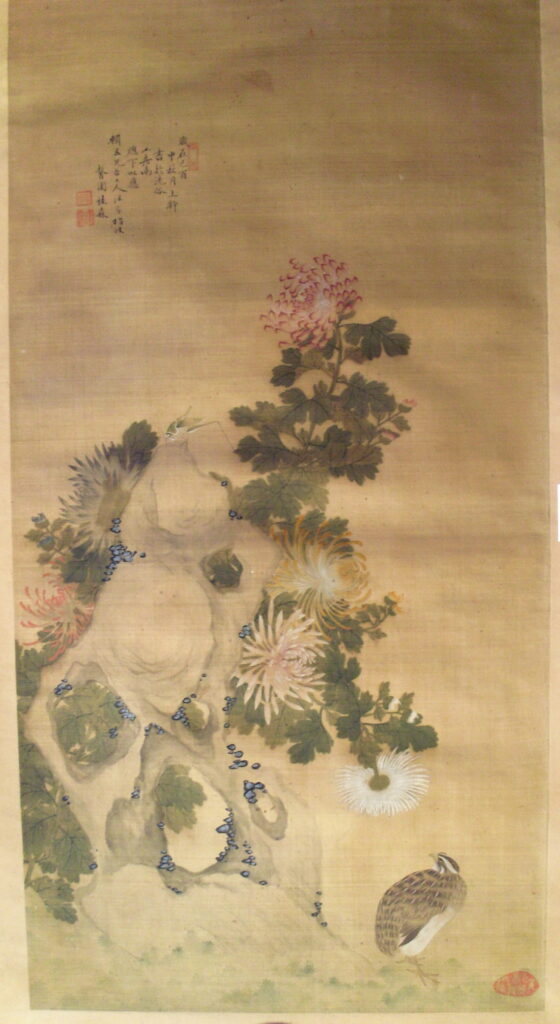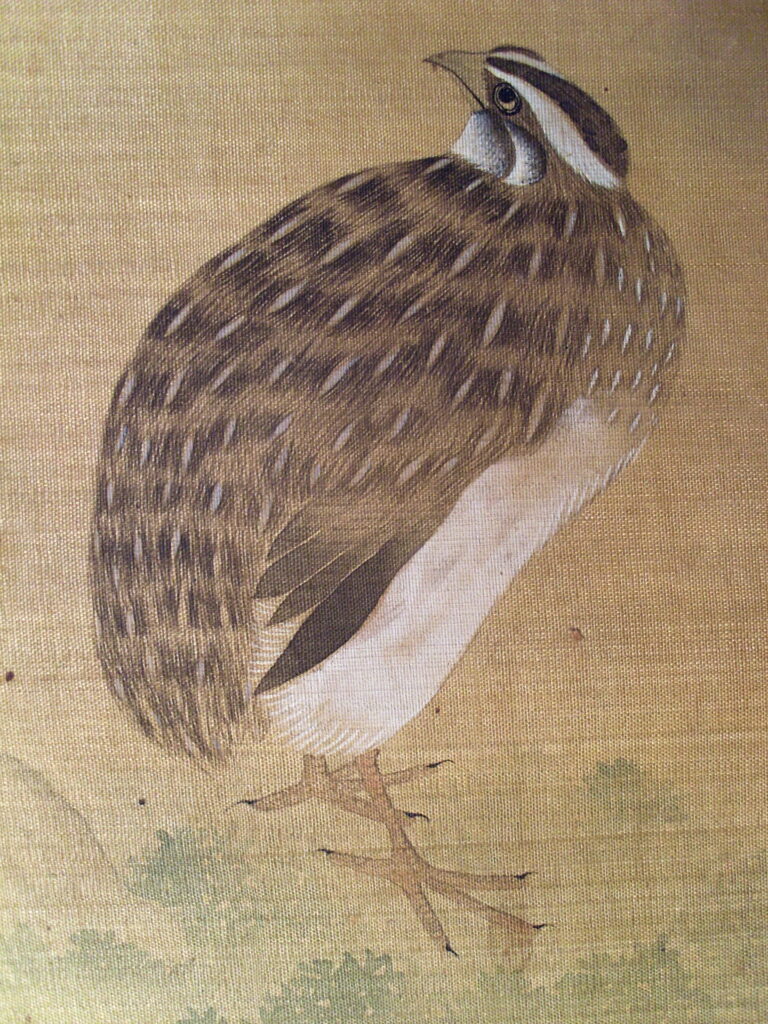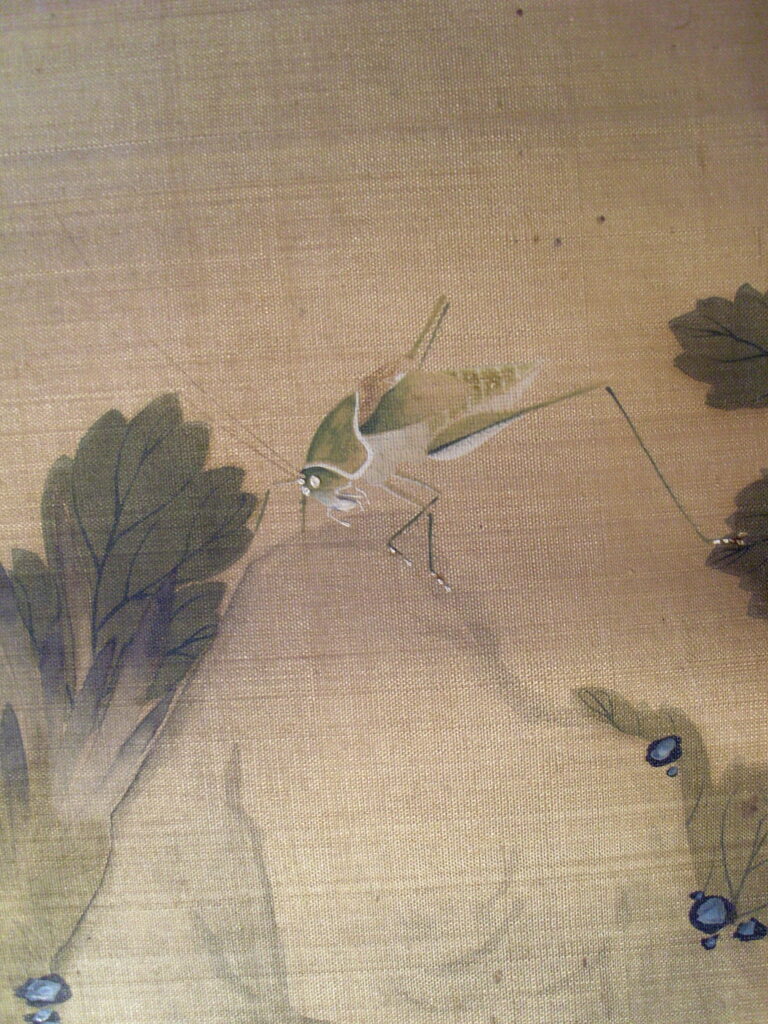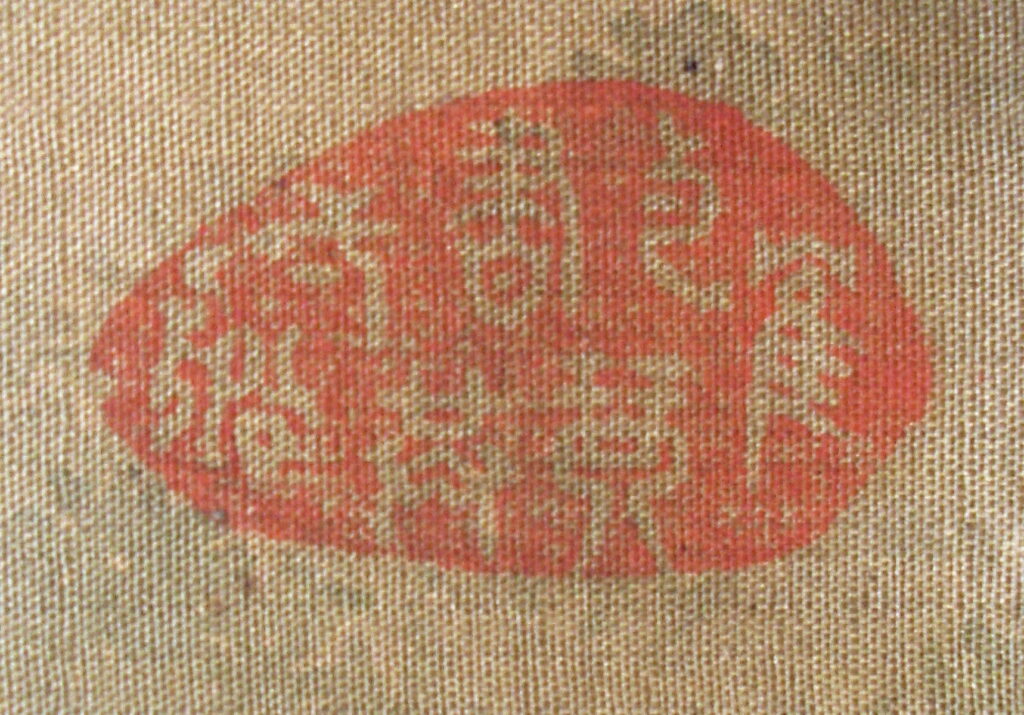by Dr Bettina Zorn, Weltmuseum, Wien
Museum: Weltmuseum Wien, Austria
Inventory No.: 117752
Name: Daimyō-Residence buke hinagata 武家雛形
Author: workshop Musashiya Masayuki
Place of Origin: Japan, Tokyo
Dating: Meiji Period, 1872
Material: wood, ceramic, metal, paper, pigments (ultramarine blue, gofun, mica) leaf gold, basalt, urushi lacquer, plant fibre, glass
Dimensions (cm): Height: 92; length: 462,3; width: 303

Images copyright © KHM-Museumsverband, Florian Rainer
One topic of the Vienna World Exhibition in 1873 was dedicated to architecture and Japan sent a series of architectural models, most of which are in the collection of Weltmuseum Wien. A central exhibit in the Japan Pavilion at the time was a unique model of a daimyō residence from the Edo period (1600 – 1868). It was shown under the category 19: “The bourgeois residence with its interior furnishings and decorations: realised buildings, models and drawings of residences of culture nations; fully furnished living quarters.”

In addition to the Roman numeral XIX, the paper label also bears the Japanese number 19. The model was built in 1872 by the Musashiya Masayuki model workshop in the district of Asakusa, Tōkyō.
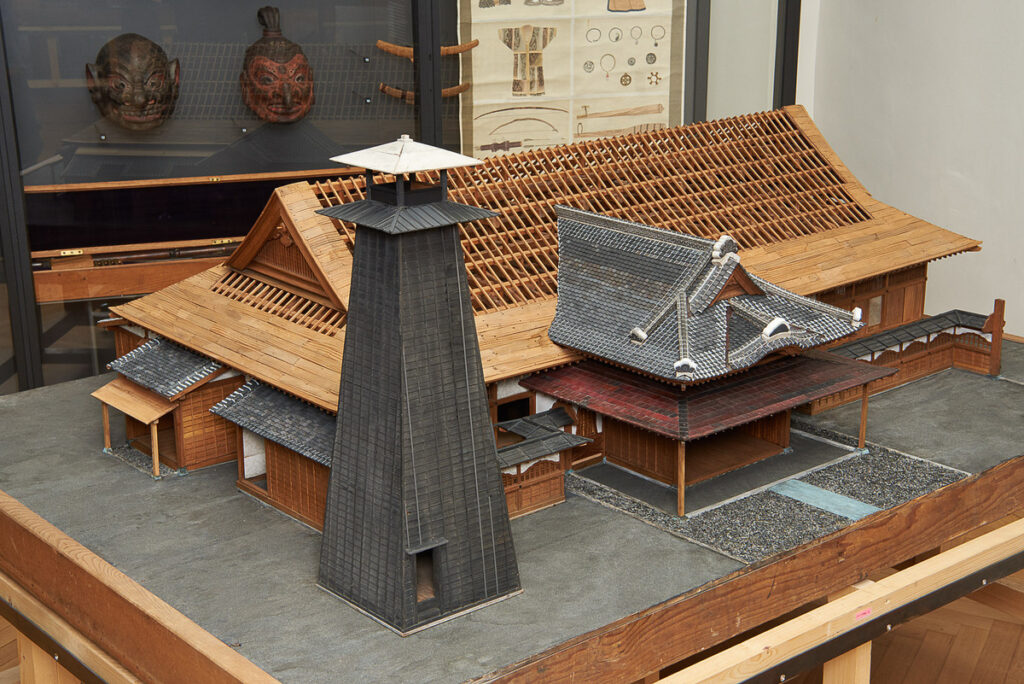
Life in a residence, the second home of a daimyo, a high-ranking samurai in the capital Edo
The model shows only a few building elements of an overall residential complex that included many public and private buildings, gardens, a nō-theatre stage, etc. and provided accommodation for up to thousands of people: the daimyō’s family members, retainers, servants, etc. Strict rules of cohabitation and housekeeping applied. A fire watch tower in the model attracted interest at the World Exhibition in 1873 and its function was explained to visitors in the Vienna Fire Brigade Newspaper of June 15th.

The central, uncovered complex is a representative building. This is where a daimyo received his followers for political consultations and held banquets. The rooms could be enlarged or reduced in size according to space requirements. A kitchen area is located in the corner of the building. Food was served via aisles and covered corridors.
The roof remained uncovered due to the lack of time. A total of 10.000 ceramic roof tiles were used. The model has a Nō-theatre with a stage, walkway, the so-called bridge and the mirror room. This is where the spiritual transformation of the actor takes place through meditation in his role.
The collection of Weltmuseum Wien also includes models of a farmhouse, a barn, and a warehouse built by the same workshop.
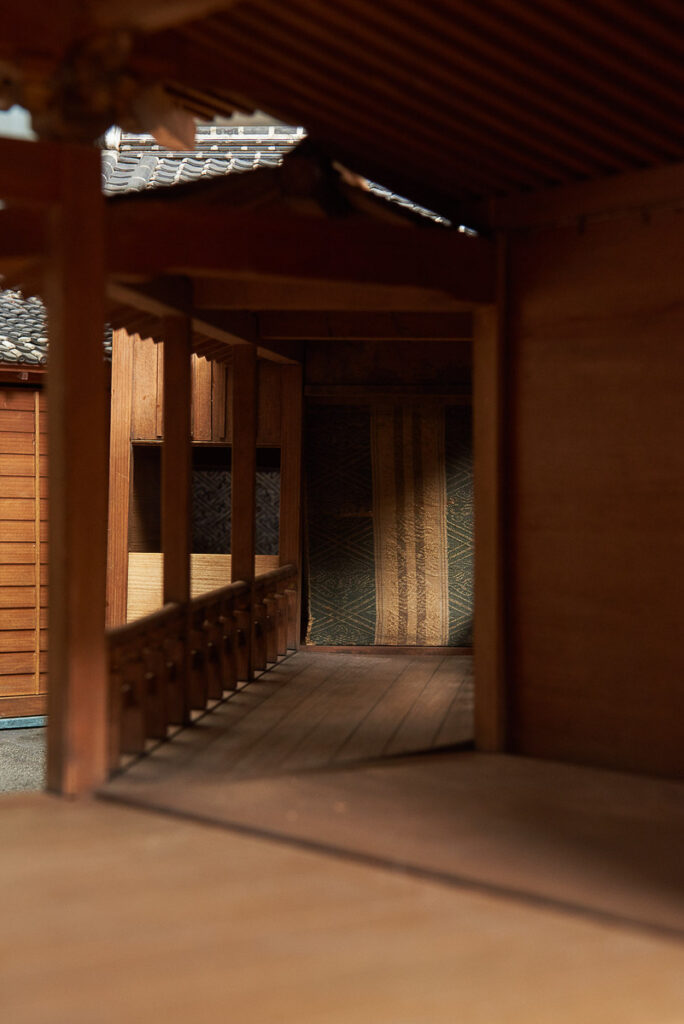
Museum: Weltmuseum Wien, Österreich
Inventarnummer: 117752
Name des Objekts: Hausmodell einer Daimyō-Residenz buke hinagata 武家雛形
Hersteller: Modellbauwerkstätte Musashiya Masayuki
Ort: Japan, Tokyo
Datierung: Meiji-Periode, 1872
Material: Holz, Keramik, Metall, Pigmente (Ultramarinblau, Gofun, Glimmer),
Blattgold, Basaltstein, Urushi-Lack, Pflanzenfasern, Glas
Maße (cm): Höhe: 92; Länge: 462,3; Breite: 303
Lange Textversion: Ein Thema der Wiener Weltausstellung war der Architektur gewidmet und Japan schickte eine Reihe von Architekturmodellen, von denen die meisten sich in der Sammlung des Weltmuseum Wiens befinden. Ein zentrales Ausstellungsstück im damaligen Japan Pavillon stellt ein einzigartiges Modell einer Daimyō-Residenz der Edo-Periode (1600 – 1868) dar. Es wurde unter der Kategorie Gruppe 19 gezeigt: „Das bürgerliche Wohnhaus mit seiner inneren Einrichtung und Ausschmückung: ausgeführte Gebäude, Modelle und Zeichnungen des bürgerlichen Wohnhauses der Culturvölker; vollständig ausgestattete Wohngemächer.“ Neben der römischen Zahl XIX belegt das japanische Papieretikett an diesem Hausmodell die Nummer 19. Erbaut wurde es 1872 von der Modellbauwerkstätte Musashiya Masayuki im Bezirk Asakusa, Tōkyō.
Zum Leben in einer Residenz, dem Zweitwohnsitz eines Daimyō, eines hochrangigen Samurais in der Hauptstadt Edo
Das Modell zeigt nur wenige Gebäudeelemente eines Gesamtwohnkomplexes auf, der viele Bauten des öffentlichen und privaten Bereichs, Gärten, eine No-Theaterbühne, etc. umfasste und Unterkunft bot für tausende Menschen: Familienmitglieder des Daimyō, Gefolgsleute, seine Dienerschaft, usw. Es galten strikte Regeln des Zusammenlebens und der Haushaltsführung. Ein Feuerwachturm im Model erregte 1873 auf der Weltausstellung Interesse und seine Funktion wurde den Besuchern in der Wiener Feuerwehrzeitung vom 15. Juni erklärt. Der mittlere, ungedeckte Bereich stellt einen Repräsentationsbau dar. Hier empfing ein Daimyō seine Gefolgsleute zu politischen Beratungen, hier gab er Bankette. Die Räume konnten, je nach Platzbedarf, vergrößert oder verkleinert werden. Ein Küchenbereich befindet sich in einem Gebäudeeck. Über Gänge und überdachte Korridore wurde das Essen serviert. Das Dach blieb aus Zeitmangel ungedeckt. Insgesamt wurden 10.000 Dachziegel aus Keramik verwendet. Das Modell hat eine Nō-Theater mit Bühne, Steg, der sogenannten „Brücke“ und dem Spiegelraum. Hier findet die spirituelle Verwandlung des Schauspielers durch Meditation in seine Rolle statt.
In der Sammlung des Weltmuseum Wien befinden sich auch die Modelle eines Bauernhauses, einer Scheune und eines Lagerhauses, die von der gleichen Werkstätte gebaut wurden.
Bibliography:
Zorn, Bettina. ‚Die japanischen Hausmodelle der Weltausstellung 1873 in der Ostasien-Sammlung des Museums für Völkerkunde Wien’; in: Archiv für Völkerkunde, Bd. 53, 2003, Wien, 45-54.
Editor and entries about the House model Buke hinagata in the Museum’s magazine Archiv – Weltmuseum Wien, Vol. 65, 2015, Wien
„Hausmodell einer Daimyo-Residenz“, in: Weltmuseum Wien, Chr. Schicklgruber (Ed.), Vienna (German/Engl.), Wien, 2017, 284 – 285.
